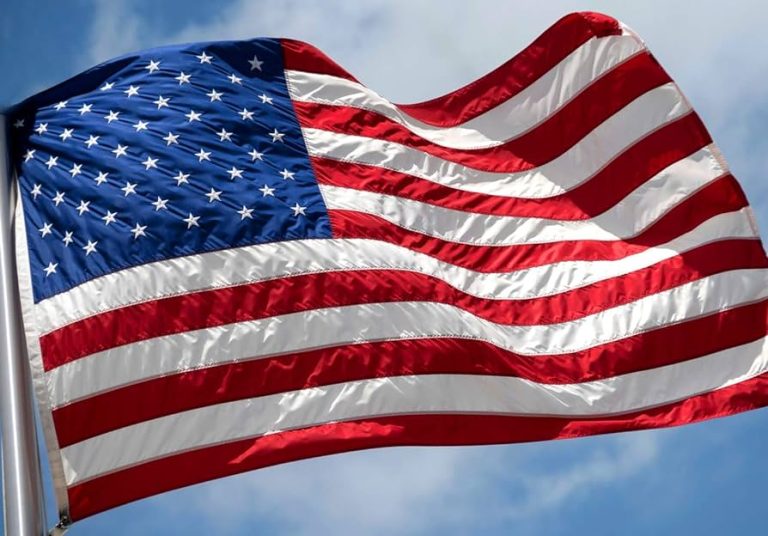American flag: Everything To Know

History of the American Flag
- The adoption of the American flag by the Continental Congress on June 14, 1777, during the American Revolutionary War, marked a crucial moment.
- The original design featured thirteen alternating red and white stripes representing the original colonies, along with thirteen white stars on a blue field.
- Over time, as new states joined the Union, stars were also added to the flag. The current design with fifty stars represents all fifty U.S. states.
Who Designed It?
- While the specific designer remains debated, Betsy Ross. A Philadelphia seamstress, is often associated with the flag’s creation.
- Legend has it that she sewed the first flag based on a sketch provided by George Washington.
- Regardless of the exact origin, Betsy Ross symbolizes the spirit of American craftsmanship and determination.
Design and Composition
- The U.S. flag consists of thirteen equal horizontal stripes alternating between red and white.
- In the canton (the top inner quarter), there’s a blue rectangle also bearing fifty small, white, five-pointed stars arranged in nine offset horizontal rows.
- These 50 stars represent the 50 U.S. states, while the 13 stripes symbolize the original thirteen British colonies that declared independence during the American Revolutionary War.
Nicknames and Historical Significance
- The flag is affectionately known as “Old Glory” and “the Star-Spangled Banner.”
- The current design, with 50 stars, has been in use since 1960, making it the longest-used version of the U.S. flag.

Significance
- The American flag embodies unity, freedom, and resilience.
- Each star represents a state, emphasizing the strength of the collective.
- The thirteen stripes hark back to the nation’s founding principles and the fight for independence.
- The flag waves proudly during national holidays, ceremonies, and moments of patriotism, inspiring generations.
When to Display the Flag:
-
- The flag may be displayed on any day of the year.
- If displayed at night, it must be illuminated.
Special Days for Displaying the Flag:
-
- Display the flag prominently on:
- New Year’s Day
- Also Inauguration Day (January 20)
- Martin Luther King Jr.’s birthday (third Monday in January)
- Memorial Day (half-staff until noon, last Monday in May)
- Flag Day (June 14)
- Independence Day (July 4)
- Also Labor Day (first Monday in September)
- Constitution Day (September 17)
- Columbus Day (second Monday in October)
- Veterans Day (November 11)
- AlsoThanksgiving Day (fourth Thursday in November)
- Christmas Day (December 25)
- Display the flag prominently on:


